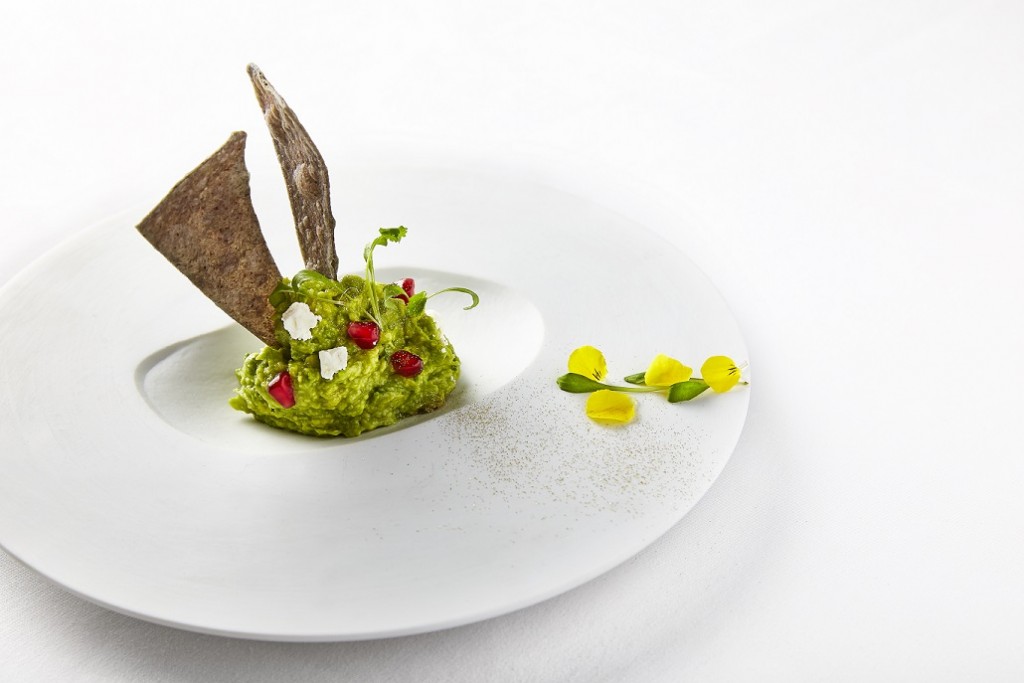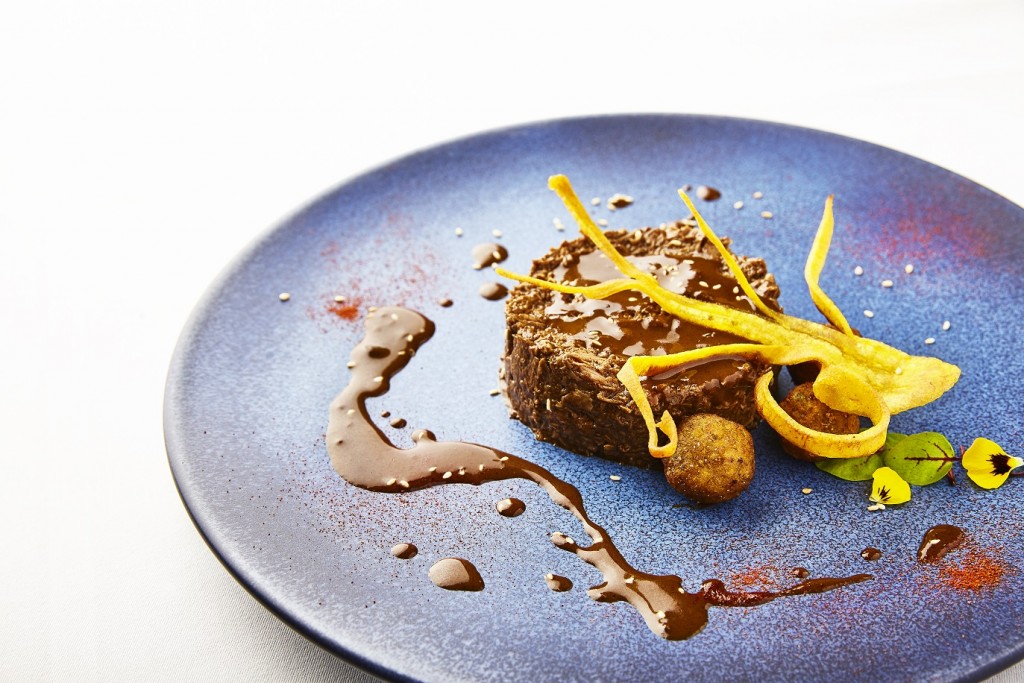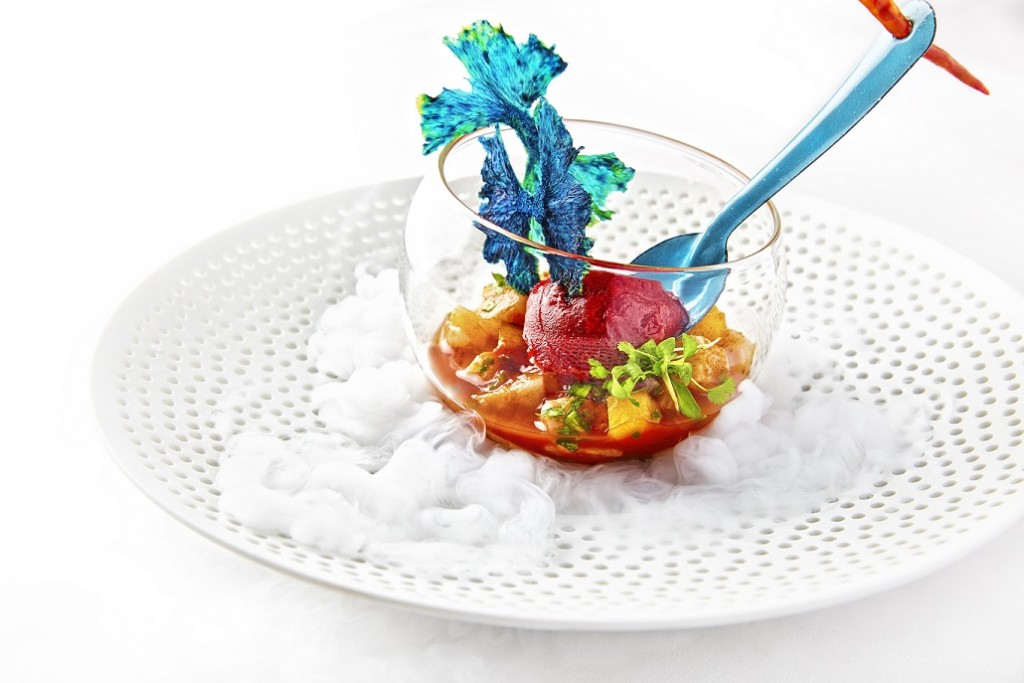Food at the Table
Image below: Scott Grummett
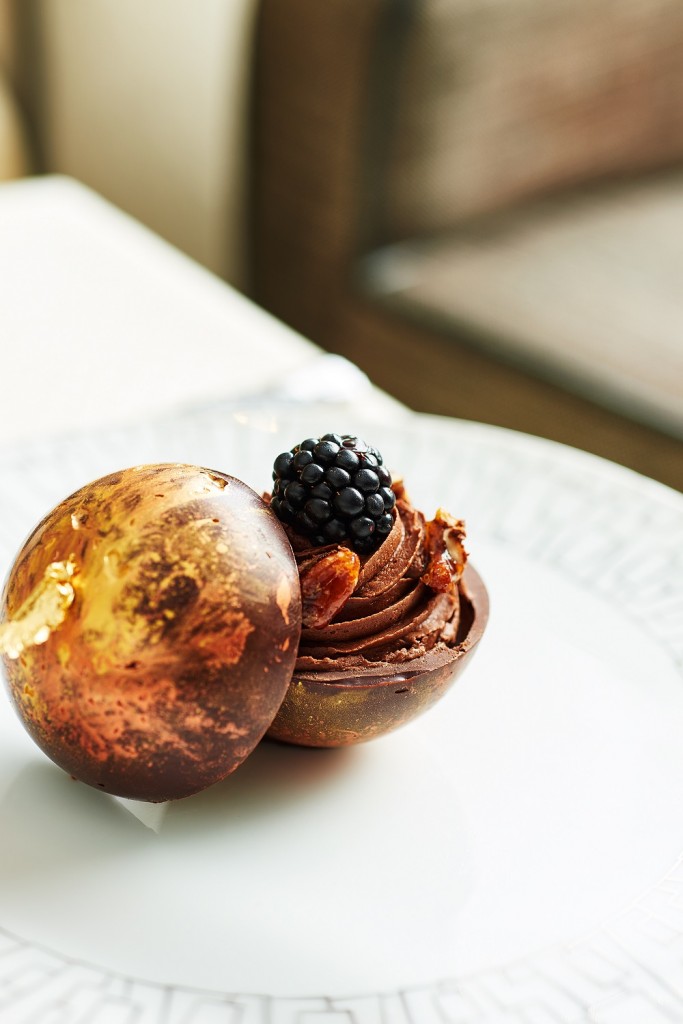 In 2017 we were delighted to welcome to our family of sponsors InterContinental London Park Lane.
In 2017 we were delighted to welcome to our family of sponsors InterContinental London Park Lane.
Situated at one of the capital’s most prestigious addresses, InterContinental London Park Lane presents modern luxury accommodation in the heart of Mayfair. Inspired by its location overlooking the Royal Parks, the hotel delivers elegant natural interiors and award-winning seasonal cuisine.
Sponsoring a new category, ‘Food at the Table’ seeks the most delicious images of food, photographed in hotels, restaurants, gastropubs and bars anywhere in the world.
During a recent visit we discussed the matter of photography in the hotel with Marketing Manager Stephen Moran and wanted to share his insight with you here on our blog.
Photographer Selection: How do you choose a photographer?
When it comes to food, we seek out those who know how to maximise the presentation of a dish through the lens. A photographer can be introduced to us in a variety of ways; they may have come recommended by one of our media contacts, or the photographer may have been commissioned by a third party for a publication. However, perhaps the most rewarding way to discover a great photographer is to have come across their work spontaneously and to then have sought them out.
Naturally, we have a well-established 'black book' detailing photographers that we like to work with, however, we are always open to collaborating with new people. In this industry, it is important not to become complacent and seeking out new talent is a great way of injecting energy into our marketing campaigns.
When looking through a photographer’s portfolio, we will try to get a feel for their personal style. While most professional photographers will tell you that they approach each shoot differently, they will often have an identifiable style or perhaps prior experience in a niche sector of the industry. We will then ask ourselves whether this style compliments one of our restaurants and the demand of the shoot. We have a distinct brand manifesto and therefore know what look will work well for our business.
Like any industry, you build trust with those you work with and photographers are no different. We need to trust that the photographer will share honest feedback and give suggestions to the chef in order to achieve the best presentation of the dish. If a photographer shoots whatever you put in front of them without moving the dish, asking the chef to amend details or adjusting their equipment then warning signs flash and I get nervous - it shows that they are not interested in improving the shot based on their perspective through the lens.
As with any other conventional project, the final element in selecting a photographer will inevitably be the cost. Fortunately, we have a General Manager who values photography and believes in having high quality imagery to match our premium offering so cost tends to be less of a deciding factor. Nevertheless, expensive copyright licenses can certainly be off-putting.
Image below: Tim Atkins
Using great photography: How do you get the most out of great shots?
The way that we use imagery has never been more versatile. A photographer will ask whether we need portrait or landscape images to which I answer “both!” By default, we will work on securing the right angle depending on how the dish is best presented. Our responsive websites work best with landscape shots, however portrait imagery is absolutely crucial to mobile campaigns.
Image versatility can be seen in how media channels share imagery. For example, Instagram have foregone their trademark square image in favour of a more dynamic option that caters to different image formats. Ideally, a photoshoot will end with a mixture of sizes and angles from which we can choose depending on the media. Moreover, this has to be achieved with consistency and each of the images demonstrating a similar style. Some images also crop well to suit different formats, however this is entirely dependent on the dish. In the case where we need an image for a specific purpose e.g. a brochure cover, we will know the exact size and communicate this so that we can view the crop during the photoshoot.
Image below: Tim Atkins
Photography versus Video: Why food photography is so important to our business.
In essence, visual content is used to show our product in the most attractive way and to entice customers into our business. Photography is undoubtedly the most versatile visual content that we can develop because it can be used across all digital and print platforms. Video content can sometimes be more engaging but it cannot be printed and consumers will not always invest the time to look at video content irrespective of how short the clip is. While we continue to integrate and work with both forms of media, at this point in time, photography is the most widely used in our business. Personally, I feel that no other form of media is as effective in sparking the curiosity of our customers and the element of intrigue can act as a powerful pull for our business.
Image below: Tim Atkins
You can find out more about this iconic hotel here:
Recent Posts
- Winners Announcement 2024 June 5, 2024
- Plate! St James's May 30, 2024
Categories
Archives
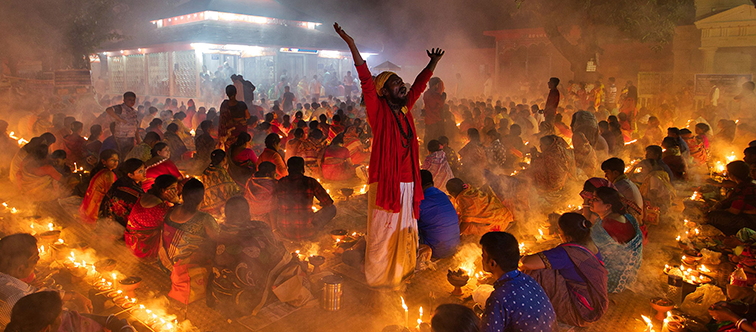
Join our community
Sign up to our mailing list today and become part of our exclusive community. Be the first to know tips and tricks from our judges, stories from our photographers and all the very latest news.


